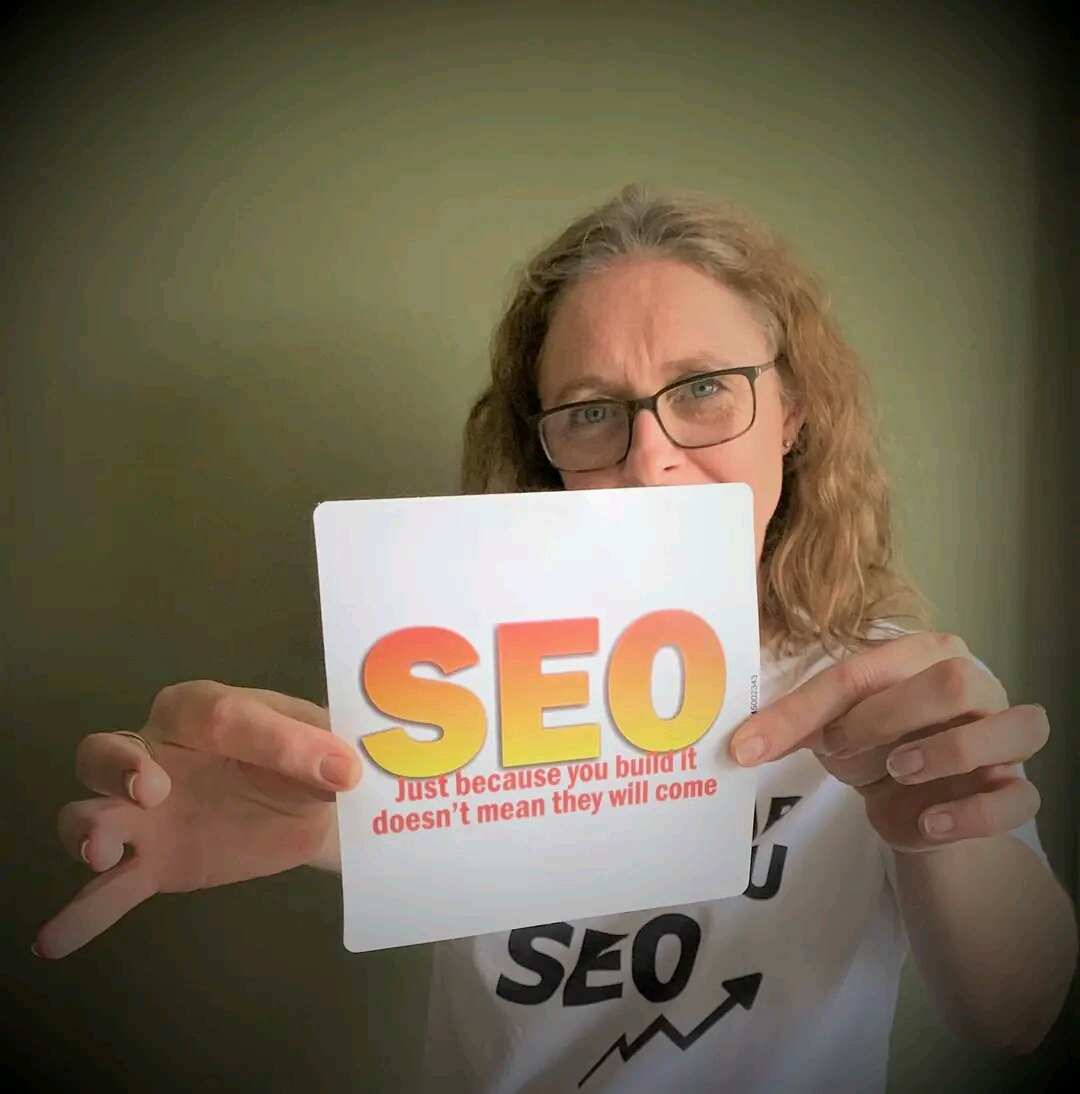HOW CAN I LEARN SEO

How can I learn SEO
There are many platforms from which you can learn SEO advanced.
There are thousands of institutes that offer paid SEO courses either they are in the form of videos or physical.
However, today I am going to discuss:
1) Best useful platforms from where you can teach professional SEO freely through their videos and join their paid course to get more professional.
2) 6 simple steps for free training
3) What is impact of UI on SEO?
4) Top techniques for SEO optimization.
5) Top 4 SEO tools.

Don’t worry, just by seeing videos I am sure you would be able to earn handsome earnings and become independent.
PLATFORMS:
• Enablers (providing enablers video series)
• Extreme Commerce (providing video boot camp)
Note: Before going to watch videos from these platforms, I advised you to strenghten your basics by watching YouTube videos. Keep in mind the following 6 points that you should clear before going to learn SEO.
Learn SEO at Home: 6 Simple Steps for Free Training
• Recognize the purpose of SEO:
While every business has different marketing objectives, they all want to increase sales, which is the overall goal of SEO. By enhancing your website’s SEO, you can rank at the top of search engine results pages (SERPs), attracting visitors that will generate sales. You must comprehend the inner workings of search engines before they fully register in your mind.
• Know how to research keywords:
To Choosing the words you want to rank for, or keywords requires research. You can reach a wider audience by choosing keywords that people frequently search for and that relate to your business.
There are two types of keywords: short-tail keywords, which only contain one or two words, and long-tail keywords, which cover three or more words.
Long-tail keywords help you target your pages and increase interest.
• Understand how on-page and off-page SEO differ:
On-page SEO and off-page SEO both take place simultaneously. When you learn SEO, you can directly alter what happens on-page, whereas what happens off-page is up to other sites. It should come as no surprise that on-page SEO is a simpler subject to discuss and comprehend. To please both visitors and search engine bots, you manage various aspects of your pages.
• Become familiar with UX signals:
User experience (UX) is important for SEO because search engines want to provide users with the most relevant results. Users should come first when making changes to your website, so make sure the layout, features, and content live up to their expectations. For example, Google’s Rank Brain algorithm examines user behavior to determine their preferences and level of satisfaction.
Machine learning has made it possible to see user patterns in action up close.
• Publish SEO-friendly content:
Your website’s content, which can include blogs, educational articles, press releases, and videos, is the key to enticing both searchers and search engines.
If you use SEO best practices when creating content, you can attract Google traffic. Because they are skilled at sifting through text, search engine crawlers find written content convenient.
They are seeking a layout that is easy to read, a balance of keywords, and comprehensive information.
• Learn to construct Link Building:
Links continue to rank among the top three of the 200+ ranking factors used by Google. The fact that other websites link to your pages tells search engines how reputable and helpful your website is to users all over the internet.
What is the impact of UI on SEO?
Search engine optimization is a medium to generate more traffic, while UI creates the 1st impression. Both work for a better user experience. Your search engine’s interests and user’s interests are always aligned. It is a type of creative effort that helps to boost conversions.
About UI Design
UI stands for the user interface, and it is a graphical layout of an application. It contains all the rest of the user’s items, such as text entry fields, the images, text they read, and others. Every single micro-interaction, interface animations, transitions, and screen layouts are included in UI design
1- Clean Code
2- Easy Navigation
3- Responsive Design
4- Makes your website more attractive
What A?e The Top Techniques fo? SEO Optimization?
Keyword Research: Keyword research is the heart of SEO. It is vital to have keywords that are widely searched. Keywords should be chosen to be well-known, but also not too competitive. Long-tail keywords are a smart way to go, and by getting information on the competition, it is possible to get into a new niche.
?? Quality Content Is King Of SEO Ranking
?? Optimize Your Site For Google Passage Ranking
?? Focus On User Experience and Optimize Your Site To Be Mobile-friendly
?? Create Relevance And Quality Links
?? Focus On FAQ And Featured Snippets also Schema
?? Understand Your Site’s Core Web Vitals
?? Create New Content & Update Old Content On Your Website
?? Learn The Eat Principle (Expertise, Authority, And Trustworthiness)
?? Build Up Strong Quality Backlinks For Website
?? Building Links Back To Your Website From Other Reputable Websites
?? Don’t Forget About Images And Use Images In Webp Format
?? Focus On Local Seo Optimization
?? Explore Your Website Through Social Media Optimization
?? Write Content That Has At Least 1000 Words.
My Top Four SEO Tools (Excluding Extensions):
? Ubersuggest
Ubersuggest helps you generate keyword ideas for your content marketing strategy and production.
a powerful SEO tool that shows you keywords monthly search volume, CPC & competition data.
? Google Search Console:
Search Console provides you with a treasure trove of SEO data.
Things such as clicks, impressions, CTR, avg ranking positions, and tons of other data like indexing, crawling, status code errors, and other technical issues on your site. This tool is free.
? Ahrefs:
Number two on my list is Ahrefs. Many SEOs, and I swear by this tool.
It has various tools in the overall suite, but my favorites include the backlink data, keyword research tool, site audit, and competitive gap analysis. It’s also great for spying on your competitors as well.
? Screaming Frog:
Screaming Frog is an excellent tool for performing SEO audits and giving you the nitty gritty SEO stats we look for.
It includes analysis of critical on-page elements like title tags, header tags, duplicate content, short content, etc.
For Technical SEO, it has things like status codes, pagination, rel canonicals, schema data, directives, href-lang, and more.
SEE ALSO : HOW TO BE UNIQUE IN YOUR NICHE
You can download a free version, which crawls up to 500 pages. The paid version costs $209 a year and works on unlimited pages.
Comments are closed.